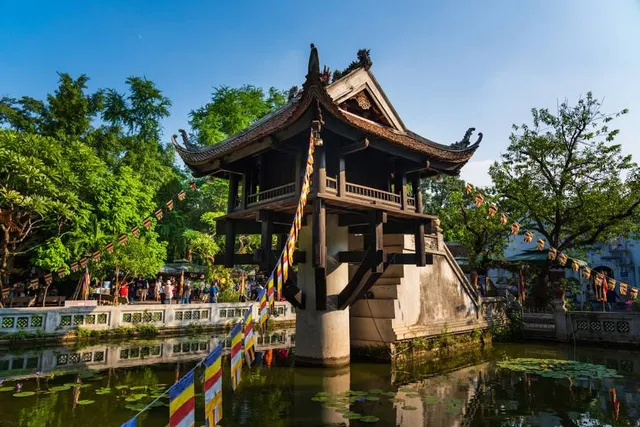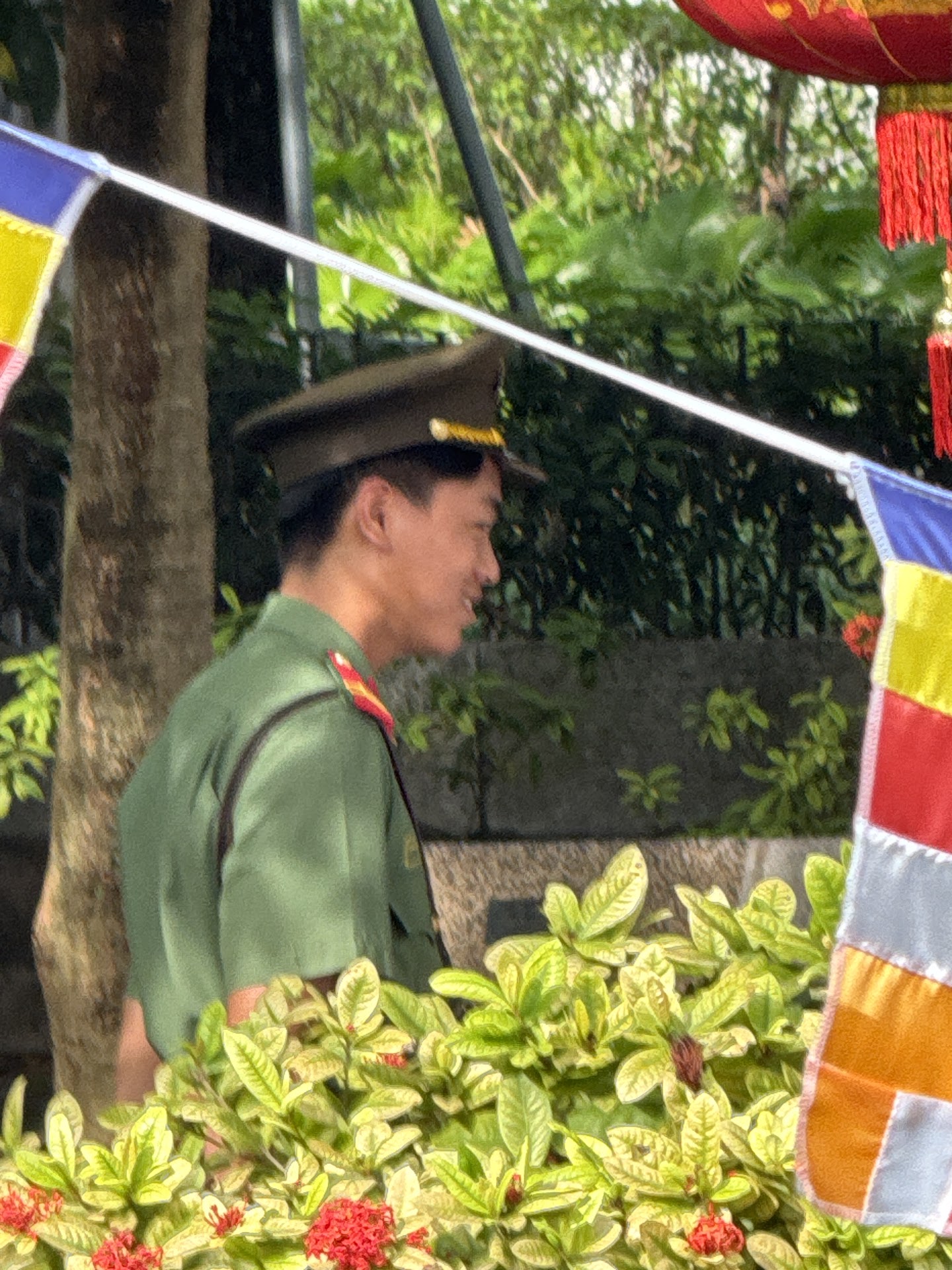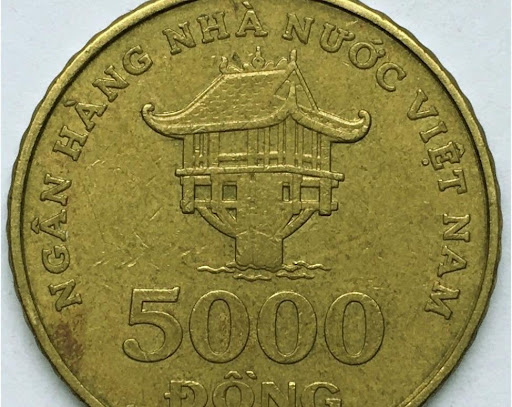One Pillar Pagoda things to do, attractions, restaurants, events info and trip planning
Basic Info
One Pillar Pagoda
2RPM+79G, P. Chùa Một Cột, Đội Cấn, Ba Đình, Hà Nội 100000, Vietnam
4.3(4.3K)
Open 24 hours
Save
spot
spot
Ratings & Description
Info
The One Pillar Pagoda, formally belongs to an architecture complex called Diên Hựu tự which means 'pagoda of extended blessings'. The pagoda is a historic Buddhist temple in the central Ba Đình district, Hanoi, the capital of Vietnam.
Cultural
Family friendly
attractions: Ho Chi Minh Museum, Ho Chi Minh's Mausoleum, Ho Chi Minh’s Stilt House, Presidential Palace, Imperial Citadel of Thang Long, Vietnam National Fine Arts Museum, Hanoi Flagtower, B52 Victory Museum, Quan Thanh Temple, Statue of Lenin, restaurants: Batavia Halal Indonesian Restaurant & Cafe, A Bản - Mountain Dew, Bún Chả 108, Quán Bánh Cuốn Nóng Gia Truyền 50 Đội Cấn, Nhà hàng sang trọng CRUs, Phở Thìn 35 hùng vương, Gà Nướng Thịnh Vượng, Xôi Cúc, Lẩu Nướng Tê Cay 麻辣烫-烧烤, yumMI - The Boutique Noodle House
 Learn more insights from Wanderboat AI.
Learn more insights from Wanderboat AI.Website
chuamotcot.vn
Plan your stay

Pet-friendly Hotels in Hà Nội
Find a cozy hotel nearby and make it a full experience.

Affordable Hotels in Hà Nội
Find a cozy hotel nearby and make it a full experience.

The Coolest Hotels You Haven't Heard Of (Yet)
Find a cozy hotel nearby and make it a full experience.

Trending Stays Worth the Hype in Hà Nội
Find a cozy hotel nearby and make it a full experience.
Reviews
Nearby attractions of One Pillar Pagoda
Ho Chi Minh Museum
Ho Chi Minh's Mausoleum
Ho Chi Minh’s Stilt House
Presidential Palace
Imperial Citadel of Thang Long
Vietnam National Fine Arts Museum
Hanoi Flagtower
B52 Victory Museum
Quan Thanh Temple
Statue of Lenin
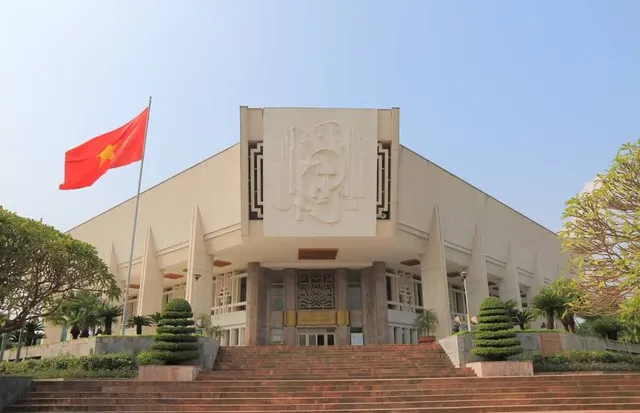
Ho Chi Minh Museum
4.2
(4.6K)
Open 24 hours
Click for details
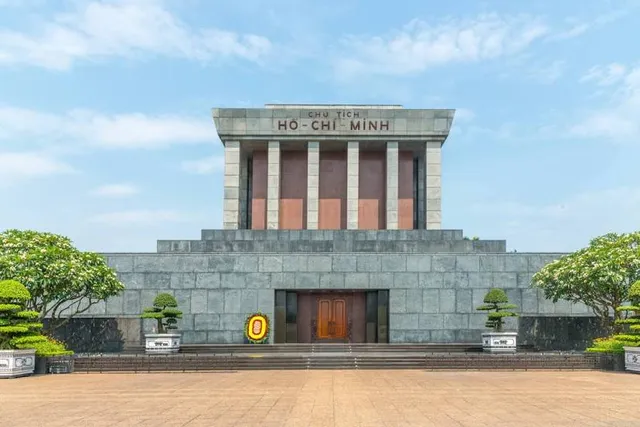
Ho Chi Minh's Mausoleum
4.5
(7.7K)
Open 24 hours
Click for details
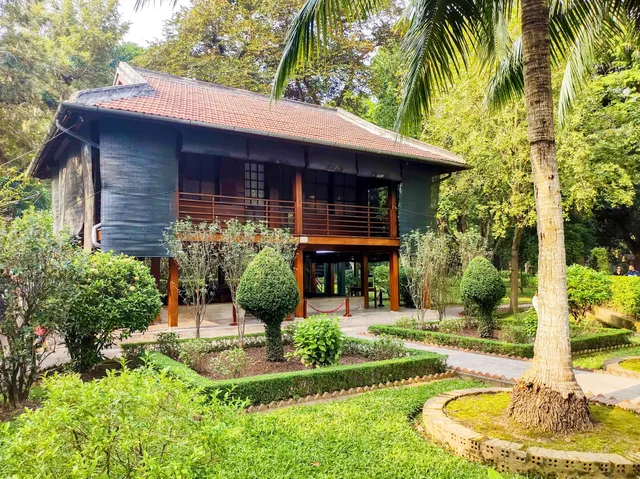
Ho Chi Minh’s Stilt House
4.5
(820)
Open 24 hours
Click for details
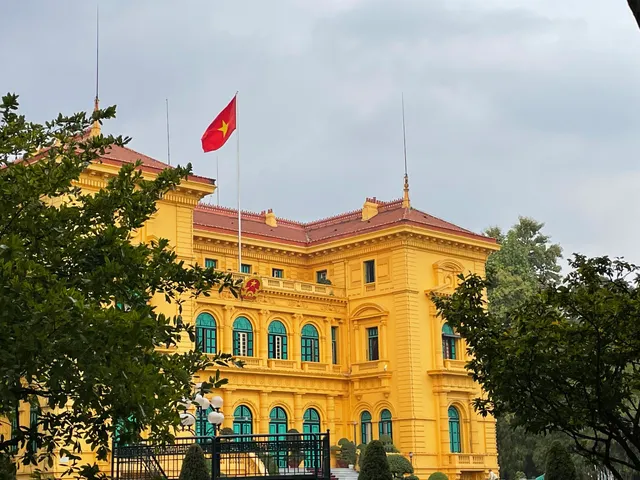
Presidential Palace
4.3
(515)
Open 24 hours
Click for details
Things to do nearby
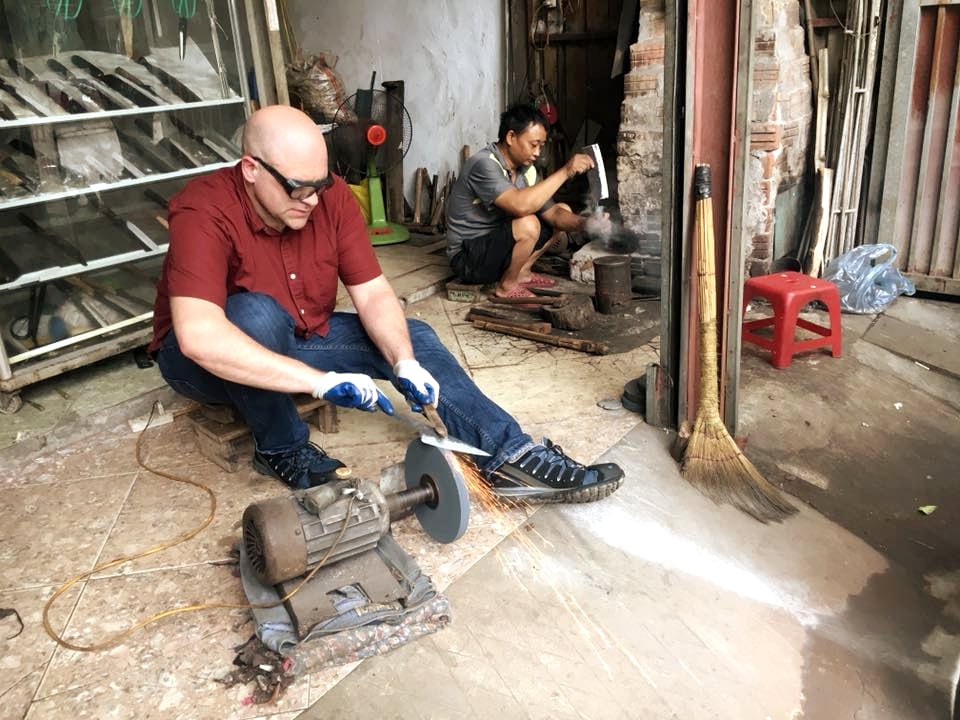
Make a simple knife in Da Sy village
Sun, Dec 21 • 9:00 AM
Hà Đông, Hà Nội, Vietnam
View details
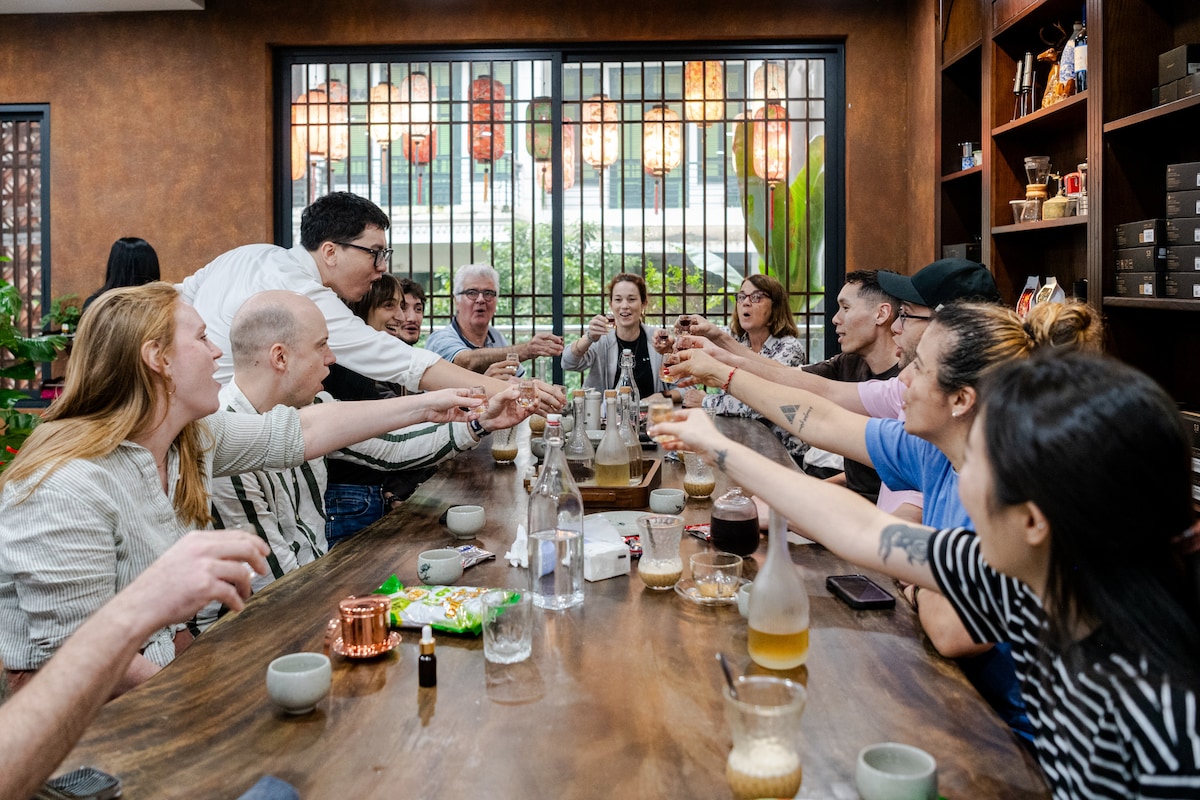
Hanoi: Taste Vietnamese Egg, Salt & Coconut Coffee
Sun, Dec 21 • 8:00 AM
Tây Hồ, Hà Nội, 100000, Vietnam
View details
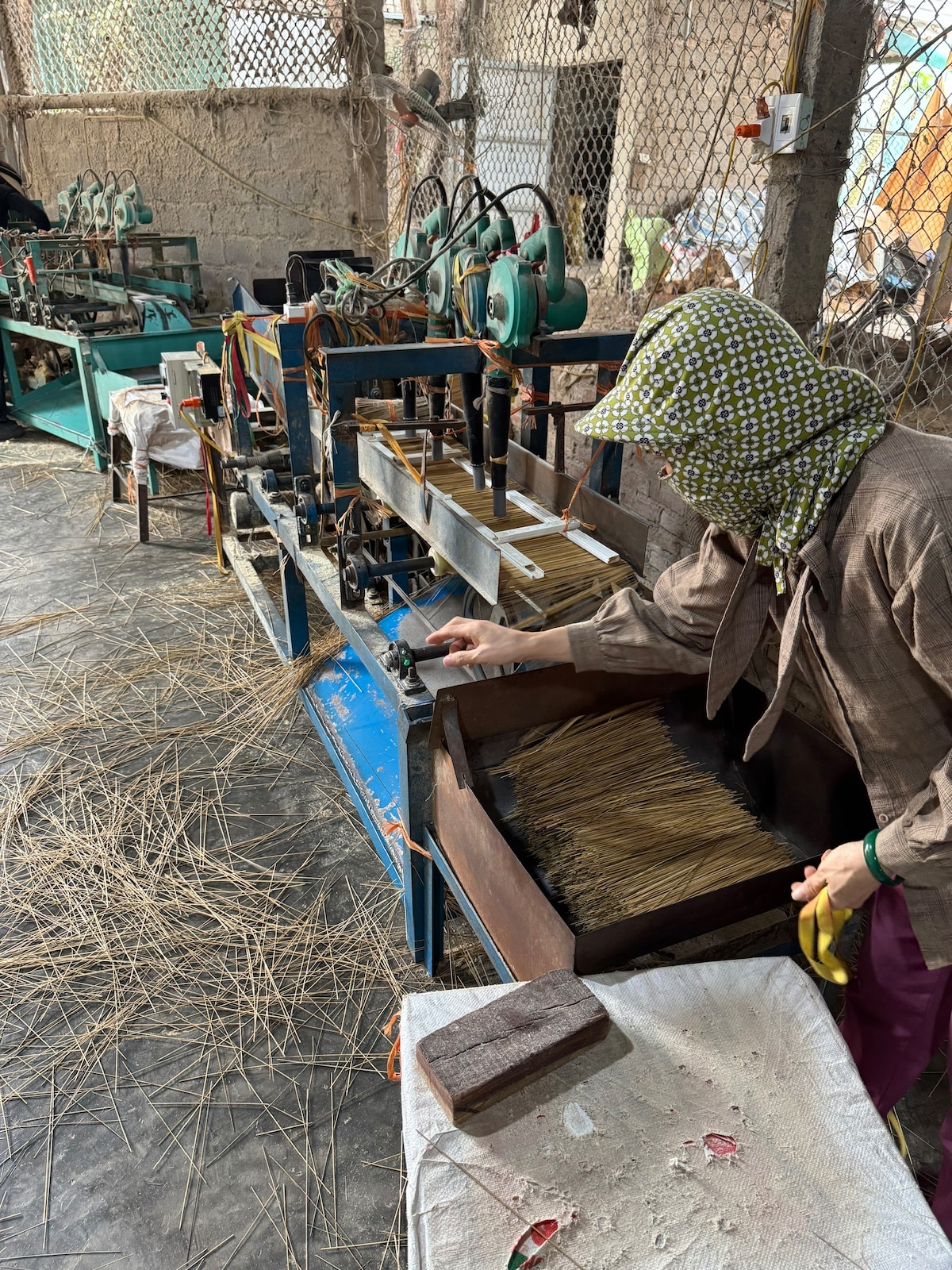
Halfday Hanoi Village Tour: Local Life & Crafts
Sun, Dec 21 • 7:30 AM
Ứng Hòa, Hà Nội, Vietnam
View details
Nearby restaurants of One Pillar Pagoda
Batavia Halal Indonesian Restaurant & Cafe
A Bản - Mountain Dew
Bún Chả 108
Quán Bánh Cuốn Nóng Gia Truyền 50 Đội Cấn
Nhà hàng sang trọng CRUs
Phở Thìn 35 hùng vương
Gà Nướng Thịnh Vượng
Xôi Cúc
Lẩu Nướng Tê Cay 麻辣烫-烧烤
yumMI - The Boutique Noodle House

Batavia Halal Indonesian Restaurant & Cafe
4.6
(598)
Click for details
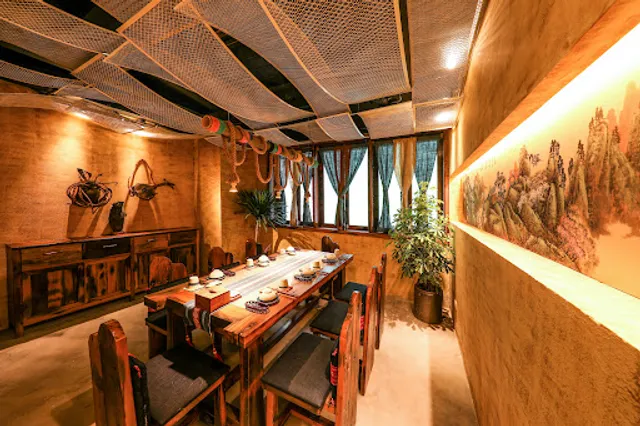
A Bản - Mountain Dew
4.6
(421)
Click for details
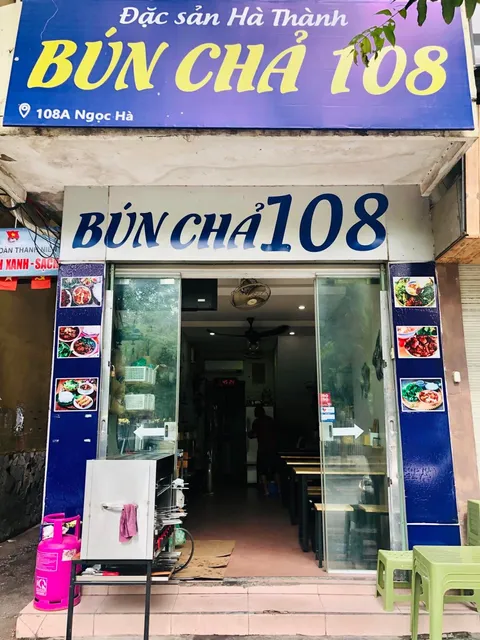
Bún Chả 108
4.7
(85)
Click for details
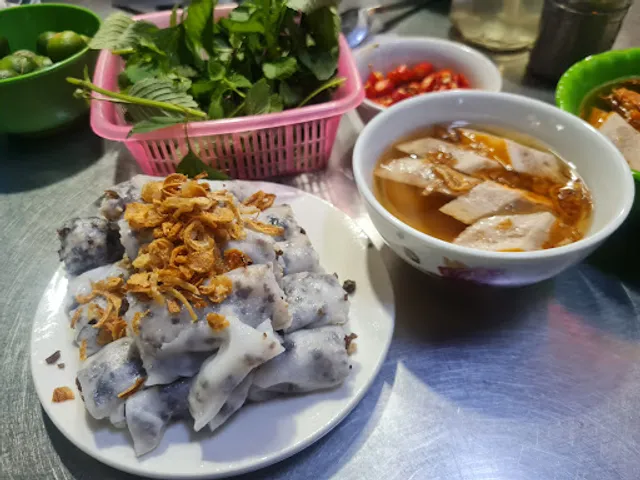
Quán Bánh Cuốn Nóng Gia Truyền 50 Đội Cấn
4.3
(253)
Click for details
